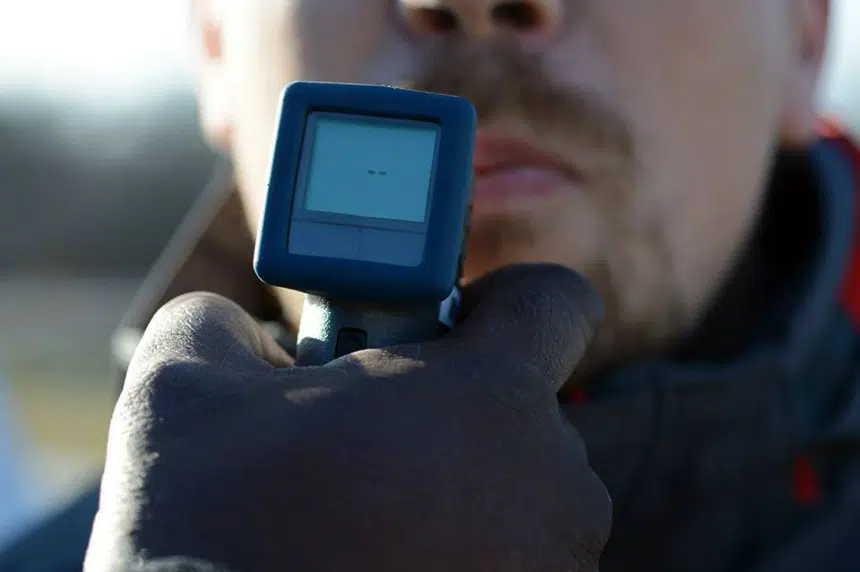Saskatoon police will be rolling out a new mobile testing unit in the new year to better process impaired drivers at roadside check stops.
The $100,000 large van is being retrofit to include working space for officers, in addition to drug-testing and breathalyzer equipment.
Staff Sgt. Patrick Barbar, who leads the traffic unit, said processing an impaired driving arrest at the side of the road and not having to drive back to the station will save hours of work.
“It could, in most cases, cut down the time to take to process an arrest by 50 per cent,” Barbar said of a process that can currently take up to four hours.
Fifty per cent of the cost is being covered by the provincial government through the Criminal Property Forfeiture fund. Saskatchewan Government Insurance and the police force will cover the remaining costs.
When police were ready to roll out their new drug-testing units ahead of nationwide cannabis legalization, discussions began about the temperature sensitivity for the Draeger 5000, in light of the drug-testing device’s difficulty to operate in cold temperatures.
Those discussions started the possibility of getting a van that can house the devices while providing officers a space to complete the necessary paperwork.
A suspected impaired driver would be brought into the vehicle stationed at a roadside check stop for a breath sample before an interview inside the van.
“It’s basically a mobile drug-testing room, in addition to having the drug-testing equipment there,” Barbar said.
A similar testing trailer was used in the 1980s and ’90s, but Barbar said that trailer was out of use by the time he started with the traffic unit, mostly because the time it took to set up the trailer.
Larger vehicles are currently in use in major cities across the country like Calgary and Vancouver.
“We’re not inventing anything new. We’re doing it on a smaller scale here in Saskatchewan, and it also gives us a chance to evaluate it. In the future, who knows? We might move to something bigger,” Barbar said.
The mobile testing unit is expected to be ready for use by late spring or early summer 2020.







